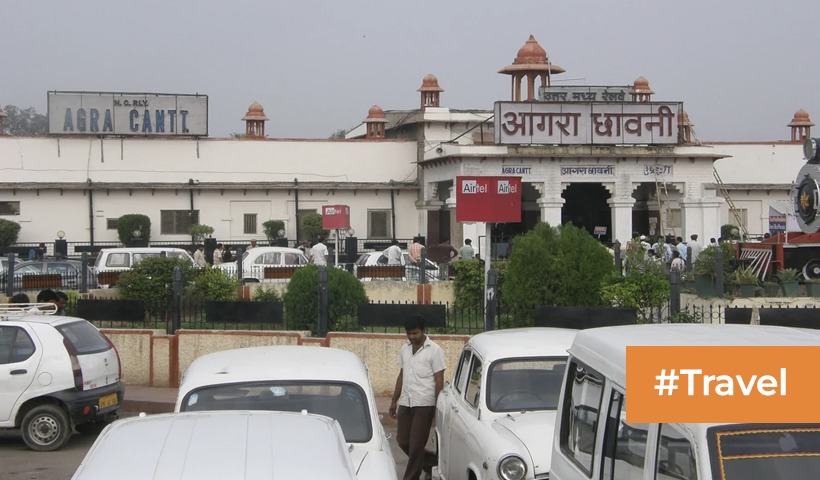Discovering India’s Most Livable Cities According to the Ease of Living Index
The Ease of Living Index is a comprehensive assessment tool that evaluates the quality of life and the ease of living in cities across India. Developed by the Ministry of Housing and Urban Affairs, this index aims to provide insights into the overall livability of cities and facilitate evidence-based policymaking for urban development.
Importance of Livability in Cities
Livability plays a crucial role in attracting residents, businesses, and investments to cities. It encompasses various aspects such as infrastructure, healthcare, education, safety, and environment, all of which contribute to the overall well-being of residents. Cities with higher livability scores tend to have better economic prospects, higher social cohesion, and improved quality of life for their inhabitants.
Criteria for Determining Livable Cities
The criteria for determining livable cities include factors like access to basic services, availability of affordable housing, transportation infrastructure, cleanliness, and environmental sustainability. These factors are assessed through surveys, data analysis, and expert evaluations to provide a comprehensive picture of the urban landscape.
Overview of the Ease of Living Index in India
The Ease of Living Index in India evaluates cities based on four pillars: Quality of Life, Economic Ability, Sustainability, and Citizen Perception. Each pillar consists of several parameters that are weighted differently to reflect their relative importance in determining overall livability.
Methodology Used for Ranking
The ranking methodology involves data collection from various sources, including government records, surveys, and citizen feedback. The data is then analyzed using statistical techniques and validated through rigorous assessment processes to ensure accuracy and reliability.
Top Factors Contributing to Livability
Infrastructure, Economy, Environment, and Governance are among the top factors contributing to livability in cities. Adequate infrastructure ensures smooth transportation, reliable utilities, and accessible amenities, while a robust economy provides employment opportunities and fosters economic growth. A clean and sustainable environment promotes health and well-being, and effective governance ensures efficient service delivery and public participation in decision-making processes.
The 10 Most Livable Cities in India
- Bengaluru
- Pune
- Ahmedabad
- Chennai
- Surat
- Navi Mumbai
- Coimbatore
- Vadodara
- Indore
- Greater Mumbai
Analysis of Each City’s Strengths and Weaknesses
Each city has its unique strengths and weaknesses contributing to its overall livability score. Bengaluru, for example, is renowned for its vibrant IT industry and cosmopolitan culture but faces challenges related to traffic congestion and pollution. Pune excels in education and healthcare facilities but grapples with inadequate public transportation infrastructure. Ahmedabad boasts a rich cultural heritage and strong economic growth but struggles with air pollution and inadequate waste management.
Success Stories and Initiatives for Improving Livability
Several cities have implemented innovative initiatives to enhance livability, such as improving public transportation, promoting green spaces, implementing smart city technologies, and enhancing citizen engagement. These success stories serve as models for other cities seeking to improve their livability scores and attract investments.
Future Prospects and Challenges
While significant progress has been made in improving the livability of Indian cities, several challenges remain, including rapid urbanization, environmental degradation, inadequate infrastructure, and socio-economic disparities. Addressing these challenges will require concerted efforts from government agencies, private sector stakeholders, and civil society organizations to create inclusive and sustainable urban environments.
Conclusion
The Ease of Living Index provides valuable insights into the livability of cities in India, helping policymakers, urban planners, and citizens make informed decisions for sustainable urban development. By addressing the key challenges and building on the successes of top-performing cities, India can create a more livable and prosperous urban future for all its inhabitants.
FAQs
- What are the main factors considered in the Ease of Living Index?
The Ease of Living Index considers factors such as quality of life, economic ability, sustainability, and citizen perception to assess the overall livability of cities. - How often is the Ease of Living Index updated?
The Ease of Living Index is typically updated annually to reflect changes in the urban landscape and capture improvements or challenges faced by cities. - Are there any cities that have consistently maintained their position in the top 10?
While rankings may fluctuate slightly from year to year, some cities such as Bengaluru, Pune, and Ahmedabad have consistently performed well in the Ease of Living Index due to their robust infrastructure, strong economy, and quality of life indicators.
Disclaimer: The views expressed above are for informational purposes only based on industry reports and related news stories. PropertyPistol does not guarantee the accuracy, completeness, or reliability of the information and shall not be held responsible for any action taken based on the published information.




